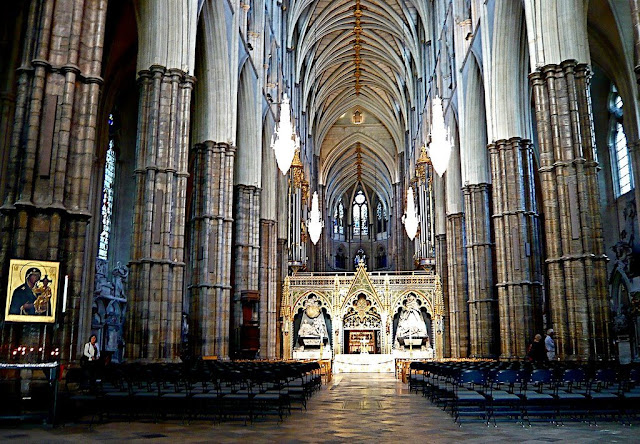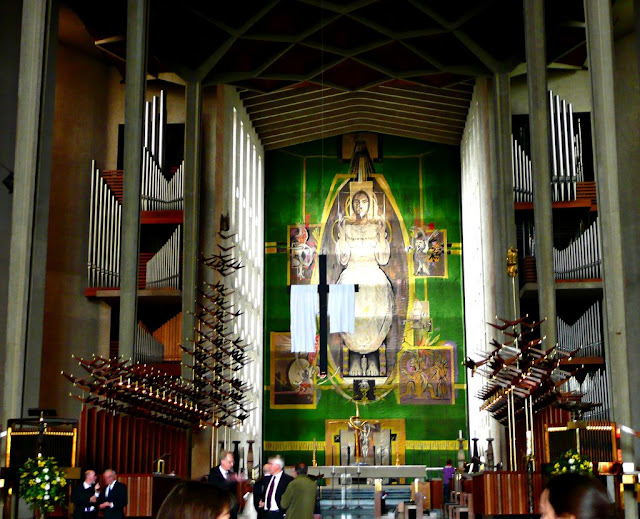
Here in a dry California valley, outside a small town, a cathedral of light is to be dedicated on Friday. Like the cathedrals of antiquity, it is built on an unrivaled scale with unmatched technology, and it embodies a scientific doctrine that, if confirmed, might lift civilization to new heights.
“Bringing Star Power to Earth” reads a giant banner that was recently unfurled across a building the size of a football stadium.
The $3.5 billion site is known as the
National Ignition Facility, or NIF. For more than half a century, physicists have dreamed of creating tiny stars that would inaugurate an era of bold science and cheap energy, and NIF is meant to kindle that blaze.
In theory, the facility’s 192 lasers — made of nearly 60 miles of mirrors and fiber optics, crystals and light amplifiers — will fire as one to pulverize a fleck of hydrogen fuel smaller than a match head. Compressed and heated to temperatures hotter than those of the core of a star, the hydrogen atoms will fuse into helium, releasing bursts of thermonuclear energy.
In February, NIF fired its 192 beams into its target chamber for the first time, and it now has the world’s most powerful laser, as well as the largest optical instrument ever built. But raising its energies still further to the point of ignition could take a year or more of experimentation and might, officials concede, prove daunting and perhaps impossible.
NIF is to fire its lasers for 30 years.
A mock capsule of hydrogen fuel is all of two millimeters wide, or less than a tenth of an inch.
'When it heats up, it blows in at a million miles an hour, moving that way for about five-billionths of a second. It gets to about the diameter of your hair. When it gets that small, that fast, you hit temperatures where it can start fusing — around 100 million degrees centigrade, or 180 million degrees Fahrenheit.'
The individual beams, he said, have to hit “within a few trillionths of a second” of one another if the fuel is to burn, and be pointed at the target with a precision “within half the diameter of your hair.”
The holy of holies is the room surrounding the target chamber. It looked like an engine room out of a science-fiction starship. The beam lines — now welters of silvery metal filled with giant crystals that shifted the concentrated light to higher frequencies — converged on the chamber’s blue wall. Its surface was dotted with silvery portholes where complex sensors could be placed to evaluate the tiny blasts.
“Of course it is,” he said. Taking on big projects that challenge the imagination “is who we are as a species.”
Extract from the IHT




